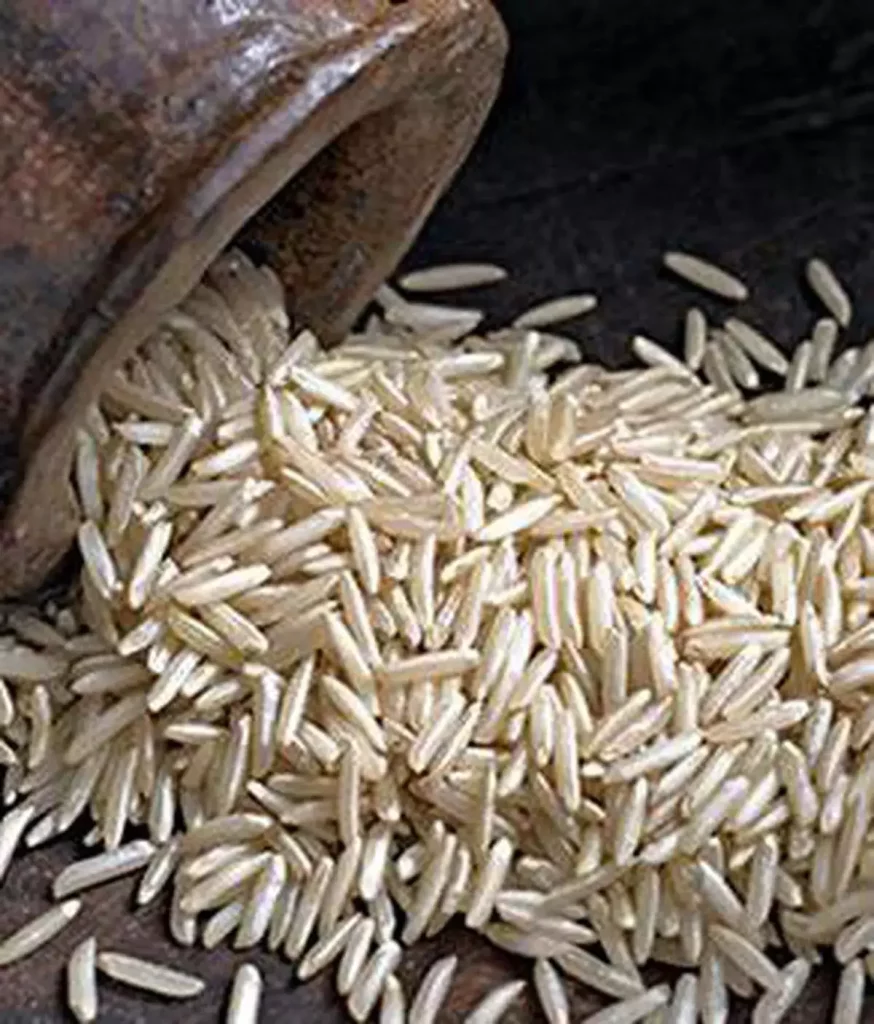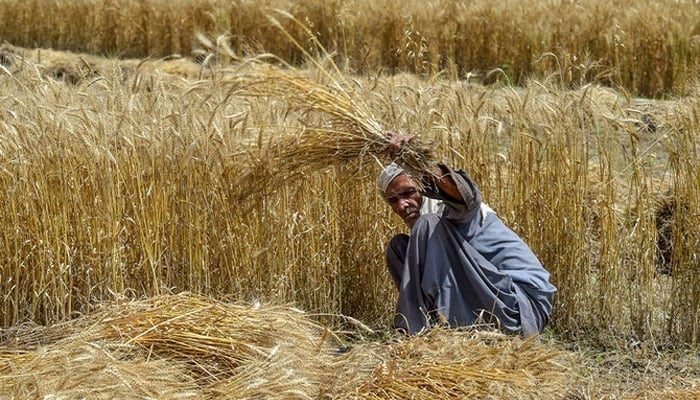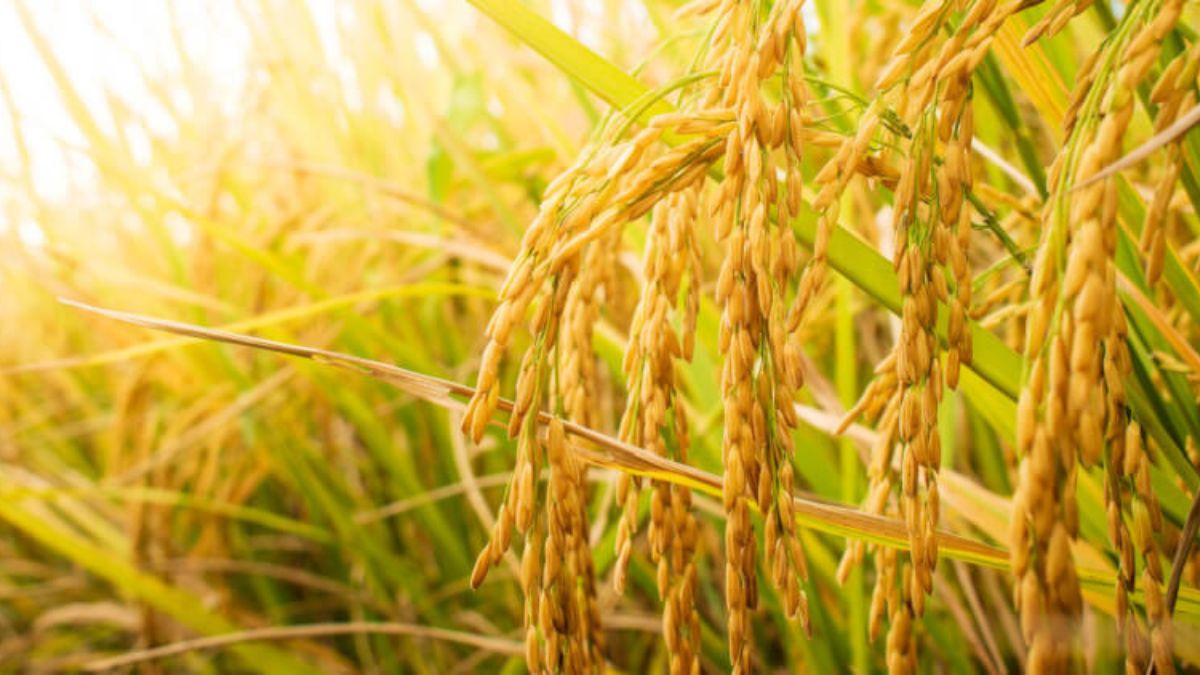Tags
Indian farmers get higher prices for Basmati on fears over lower Haryana crop
Robust export demand from the Middle-East complements the trend

Indian Basmati paddy prices are up this year on fears of a lower crop in Haryana, the largest producer. Besides, robust export demand, particularly from the Middle-East, amid the geo-political conflict is aiding the uptrend. Farmers of traditional Basmati CSR 30 are getting between Rs 6,300 and Rs 6,600/quintal for the paddy whereas Pusa Basmati 1121 is commanding Rs 4,300-4,500 per quintal in Haryana.
But Pusa Basmati 1509 is selling at Rs 3,200-3,600 per quintal, depending on quality and how the paddy was harvested. If a combined harvester is used, prices are Rs 300-500/quintal lower than manually harvested crop since the broken percentage is less when machine is not used.
“It is good that both exporters and farmers are getting good prices,” said Tarun Bajaj, Director of APEDA, the government’s agri-export promotion body. Basmati rice exports during the first half of the current financial year surged 14 per cent to $2.59 billion from $2.27 billion a year ago. In volume, shipments were 2.31 million tonnes (mt), up 7 per cent from a year ago.
Industry sources said Basmati rice production in Haryana is estimated to have declined to nearly 3.7 mt from over 3.8 mt last year due to floods in some districts such as Karnal, Kurukshetra and Yamunanagar. Besides, some farmers who were growing traditional Basmati varieties have shifted to non-Basmati crop due to non-availability of labour.
Kuldeep Singh of Samanabahu village in Karnal is one of the thousands of farmers who had to re-sow the crop for the second time and has still not been able to save. “We have 35 acres of land and we have left 15 acres without any crop as two attempts to sow Basmati failed due to heavy rains, resulting in flood,” said Singh, who went for toria (a mustard variety) on about another 15 acres as a short-duration crop.
He said around 250 acres of land in Samanabahu panchayat got affected — either Basmati or non-Basmati. He said he missed the opportunity as prices are higher due to the loss in crop. Now that toria is not yet ready for harvesting, he is worried he would miss wheat planting. “If there is a delay, I may have to sow maize as wheat will be risky to plant late,” Singh said.
Similarly, Gurvinder Singh Goldy of Rajgarh, Karnal, said this year he went for non-Basmati on 20 acres as there is no manual labour available to harvest CSR 30 Basmati or Pusa 1121 variety, which is a soft cereal and normally grain gets broken when combined harvester is used.
In Punjab, Pusa Basmati 1509 is selling at ₹3,300-3,400/quintal, while Pusa Basmati 1718 quotes at about ₹3,800. Trade sources said Basmati production in the State is likely to be more than 38 lt from about 31 lt last year.
“Though the arrival of Basmati paddy is 14 per cent higher in Punjab in the current season in comparison to last year, Basmati paddy prices are higher due to strong buying patterns. Such behaviour explains the physical demand and supply elasticity of producing centres,” said S Chandrasekaran, a trade policy analyst.
Many of the Punjab farmers are happy to harvest a higher crop. Amrik Singh of Jatrauli, Ludhiana, said both Basmati and non-Basmati crops around his village are very good and the yield is r the highest ever. “I have harvested 25 quintals/acre in Pusa Basmati 1509 and waiting for mandi to be opened for Basmati next month so that I can sell,” Singh (of Punjab) said.
Bobby Kumar, a farmer from Shamli district in Uttar Pradesh, sold 50 quintals of Pusa Basmati 1509 in Karnal mandi in Haryana at Rs 3,200/quintal after travelling from his village at 1 am in the night due to restriction at the border between the two States. Kumar is one among those farmers, who normally come to the mandi to sell their produce where the commission agent is based from whom they take loans at high interest rate regularly to meet their expenses.
Another farmer Manoj Kumar from Karnal said he has no option but to sell to meet the expenses as he was offered ₹4,000/quintal for the Pusa Basmati 1 variety, while he was hoping to get ₹4,200-4,300.
Rajnish Chaudhary, President of the Association of Commission Agents in grain mandi of Karnal, said the production of Pusa Basmati 1121 and CSR 30 is lower this year, while that of Pusa Basmati 1509 is more since more farmers opt for the 90-day duration crop. He said the rates are higher as there is a robust demand in export destinations.
https://www.thehindubusinessline.com/economy/agri-business/indian-farmers-get-higher-prices-for-basmati-on-fears-over-lower-haryana-crop/article67544688.ecePublished Date: November 18, 2023






